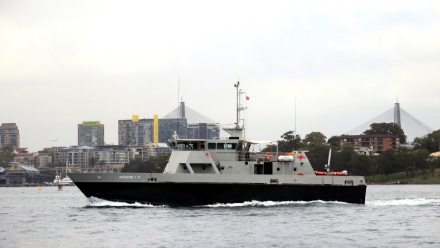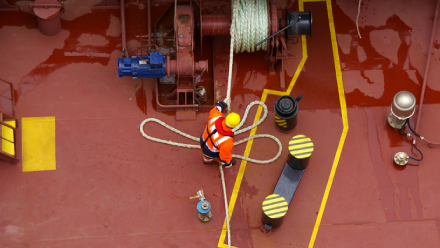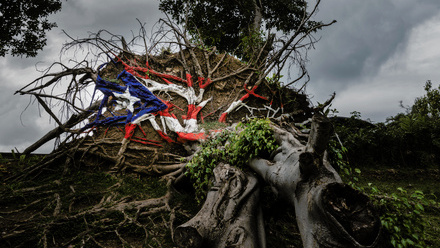IMarEST-Defra partner to advance innovation in marine mammal monitoring
We speak with Niru Dorrian, co-chair of the IMarEST Marine Mammals Special Interest Group (MMSIG), about a new Department for Environment, Food & Rural Affairs (Defra)-IMarEST partnership that will help guide innovation in marine mammal monitoring.
The UK is responsible for some 880,000 square kilometres of ocean, home to over twenty species of marine mammals - whales, dolphins, porpoises, and seals. Monitoring marine mammals isn’t just important for understanding more about these species and the wider ocean ecosystem. With increasing human activities such as shipping, offshore renewable energy, and coastal development, monitoring is vital for ensuring these activities are conducted responsibly.
“Since leaving the European Union, demands for marine and fisheries monitoring data have rapidly increased,” explains Dorrian, who highlights legislation and policies such as the Environment Act (2021) and the British Energy Security Strategy (BESS). Such legislation and policies require environmental, social, and economic aspects to be considered holistically.
As part of the marine Natural Capital and Ecosystem Assessment (mNCEA) programme, the Defra-IMarEST partnership will evaluate current methods and technologies used internationally in marine mammal monitoring, identify gaps, and look at opportunities for innovation and how targeted investment could be delivered.
“There are a lot of marine mammal monitoring methods and technologies. Each will have its strengths and its limitations,” Dorrian says. “You could be talking about populations, to understand abundance, distribution, behaviours, or you could be talking health. We could be looking at collecting faecal samples, Environmental Deoxyribonucleic acid (eDNA), and aerial surveys, collecting whale snot with a drone, or deploying hydrophones in the water.”
The comprehensive evaluation of the strengths and weaknesses of current methods and technologies should help identify where monitoring requirements need to be bolstered. “We’ll be looking at the different methods, technologies, and requirements.”
For Dorrian, innovation and investment are among the most interesting aspects of the project. “There’s a lot of technologies that work very effectively and don’t necessarily need to be enhanced; rather they need to be adopted widely and scaled. Technology always needs enhancement, but the urgency is about identifying the main areas that will give the most benefit.”
One of those areas, Dorrian says, is data sharing and data accessibility. “You have a lot of data being collected by lots of different consultancies, organisations, research bodies, clients - oil and gas, renewable energy, and it's sitting in its respective silos. It’s about breaking that down and also standardising the data.”
Dorrian and fellow marine mammal co-chair Liz Ferguson will lead the IMarEST project team, which includes MMSIG members Dr Andrew Wright, Lorenzo Scala, Ashley Noseworthy, and Ashley Kitchiner. IMarEST’s Head of Technical and Policy, Peter Sheppard, is providing additional support. Defra will be involved throughout the process.
“Internationally, IMarEST is increasingly being recognised for its marine science subject matter expertise. This partnership highlights the value of that expertise,” says Dorrian.
Alongside reviewing the literature, the project recently wrapped up a stakeholder survey and has a virtual workshop scheduled for the 25th of February, which has also received endorsement from the United Nations Ocean Decade. “We are also undertaking targeted interviews with specialists,” says Dorrian.
The final report, which is due to be completed in March this year, will be shared with Defra’s policy teams, budget holders responsible for overseeing marine mammal monitoring and innovation spending, and Arms Length Bodies that oversee marine mammal monitoring in waters managed by England, as well as the UK’s devolved administrations.
Tell us what you think about this article by joining the discussion on IMarEST Connect.
Image: bottlenose dolphin surfacing in Moray Firth, Scotland; credit: Shutterstock, Mónica Lozano Subiranas.






